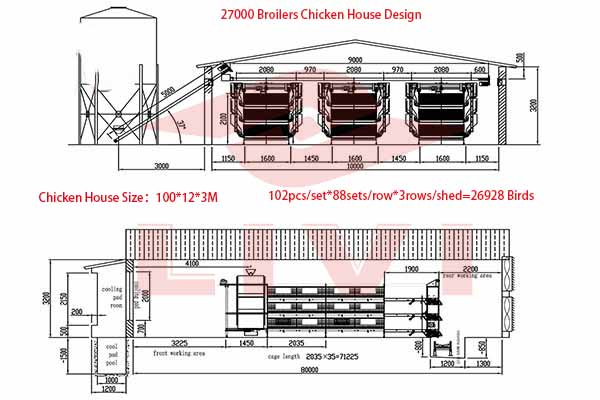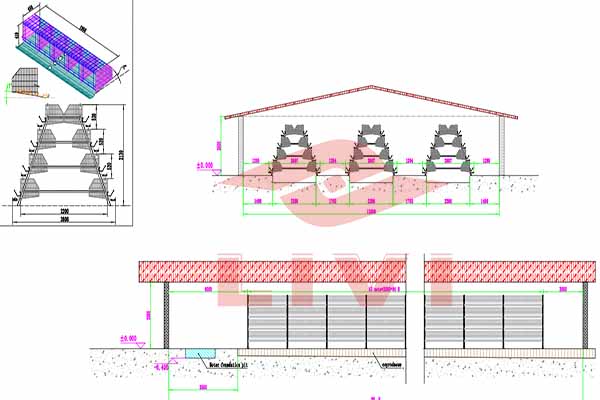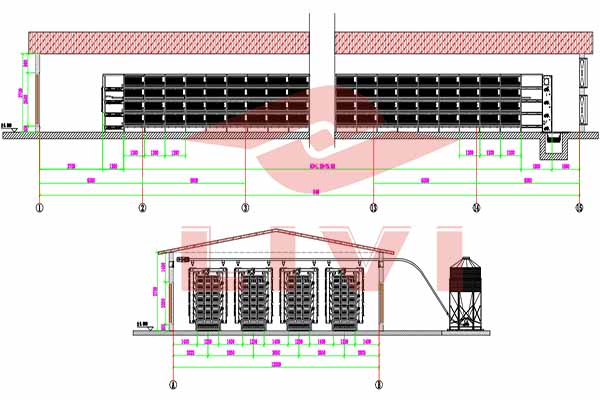How to Increase Poultry Farm Profits with Automation
Automation has become a crucial component in modern poultry farming, offering significant opportunities to increase profitability. This article delves into various strategies and technologies that can help poultry farm owners and investors maximize their earnings through automation.
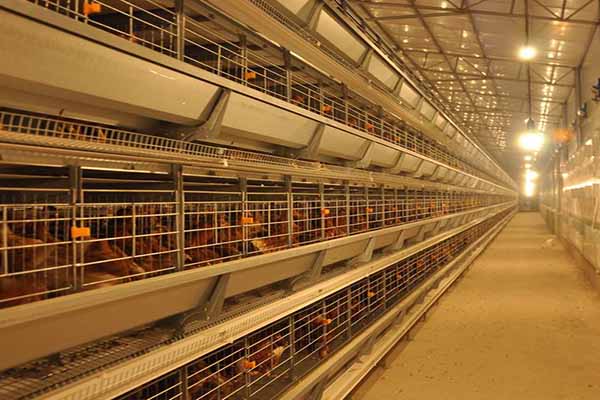
Key Areas of Automation in Poultry Farming
- Feeding Systems
- Climate Control
- Health Monitoring
- Manure Management
- Transportation and Sorting
Feeding Systems: Efficiency and Accuracy
Automated feeding systems can lead to substantial savings in feed costs. By ensuring consistent and precise feeding, these systems prevent over-feeding, which reduces waste. According to a study by the National Institute of Animal Science, farms implementing automated feeding systems can save up to 10% on feed costs.
Climate Control: Comfort for Birds, Profits for You
Automated climate control systems maintain optimal temperature and humidity levels in poultry houses. This creates a more comfortable environment for the birds, which in turn results in higher productivity. Research from the Journal of Animal Science and Biotechnology shows that automated climate control can increase egg production by up to 15%.
Health Monitoring: Early Detection, Early Intervention
Automated health monitoring systems use sensors and AI to detect signs of illness in birds early. Early detection can significantly reduce mortality rates and veterinary costs. The University of Georgia reports that automated health monitoring can reduce veterinary expenses by up to 20%.
Manure Management: Cleanliness and Efficiency
Automated manure management systems can improve the efficiency of waste removal and reduce labor costs. These systems can also contribute to environmental sustainabi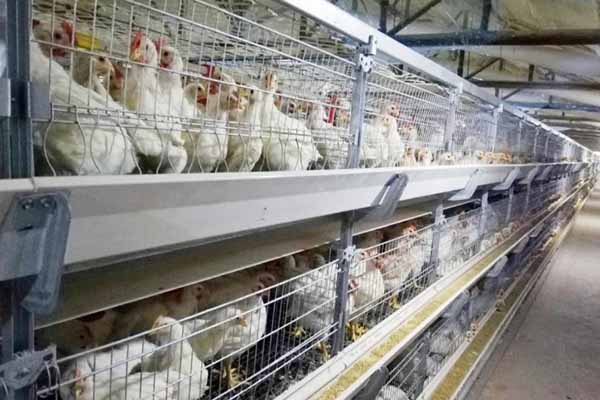 lity by treating and recycling manure. A study by the Agricultural Research Service found that automated manure management can save up to 15% on labor costs.
lity by treating and recycling manure. A study by the Agricultural Research Service found that automated manure management can save up to 15% on labor costs.
Transportation and Sorting: Streamlined Operations
Automated transportation and sorting systems ensure that birds are moved and sorted efficiently, reducing stress and potential injuries. This not only improves animal welfare but also contributes to higher profits. According to the Poultry Science Association, automated systems can reduce handling costs by up to 10%.
Conclusion
Implementing automation in poultry farming can lead to significant improvements in efficiency, productivity, and profitability. By focusing on feeding systems, climate control, health monitoring, manure management, and transportation, poultry farm owners and investors can take their operations to the next level.
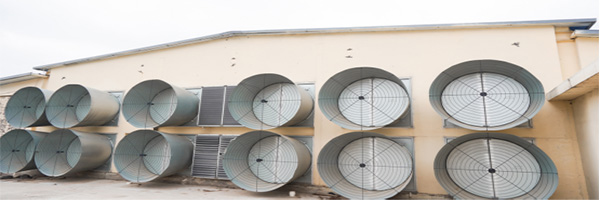
For more information on how to implement these automation solutions in your poultry farm, feel free to leave a comment below or contact us for a free, customized poultry farm design and equipment quote from LIVI Mechanical.


